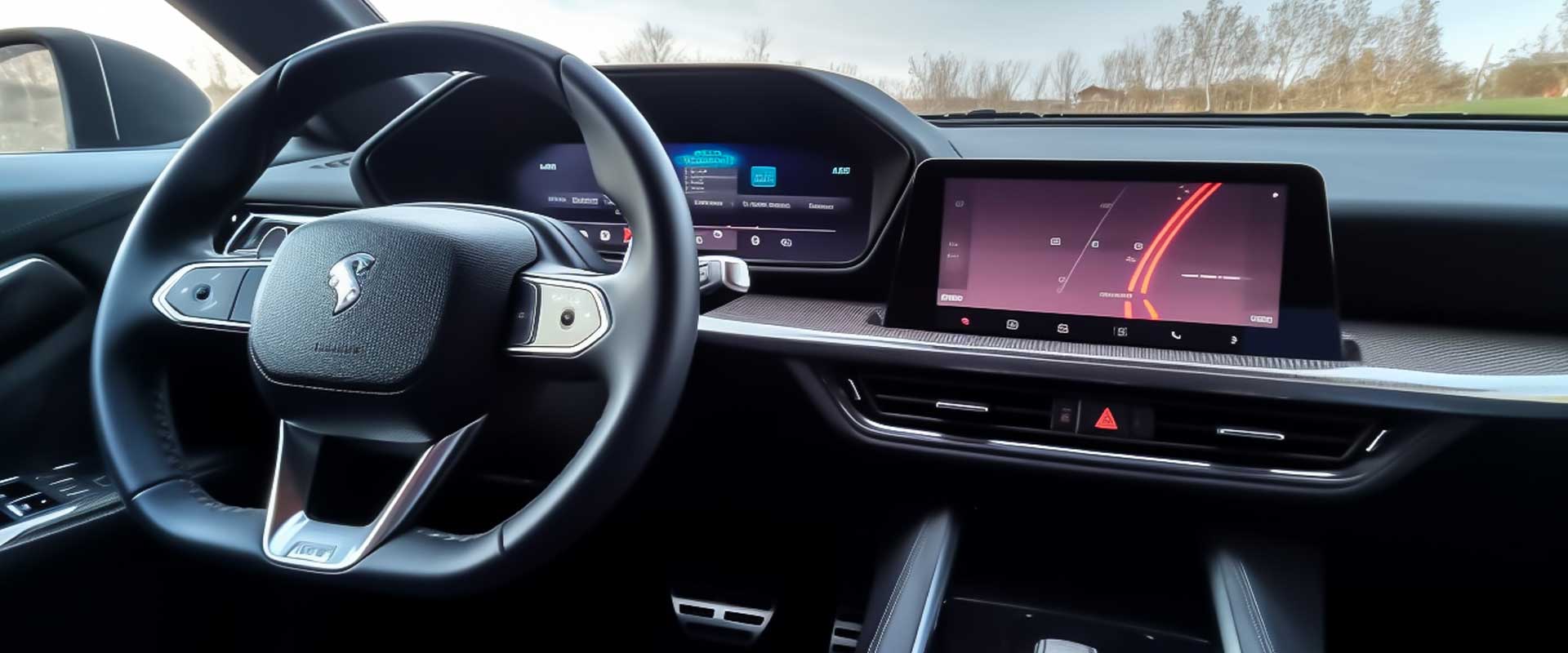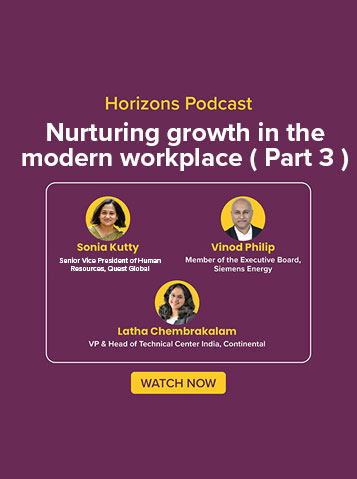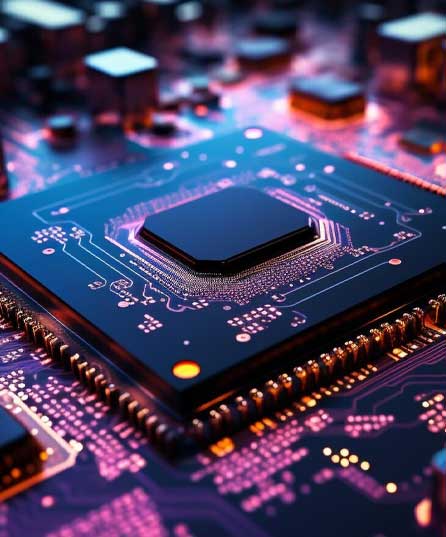
Up until fairly recently, cars were primarily mechanical and electronic. Today, just as the mobile phone has become a platform for software, cars are becoming increasingly connected, with significantly more software than in the past. By 2030, 2.5 billion vehicles—or about 95% of new vehicles sold globally—will be software-laden, connected cars.
Software is dramatically changing the in-car experience, especially as driving becomes increasingly autonomous. A car’s styling and exteriors will continue to define the brand, but the in-car experience is becoming increasingly important for differentiation. The vehicle must engage both the passenger and the person who is driving.
Many users expect a fully customizable in-car experience. They want an infotainment system that integrates directly with their mobile phone and receives updates just as quickly. Most OEMs are releasing or have declared roadmaps for software-defined cars in which every feature is configurable.
Before cars were connected, vehicle owners had to take the car to a service engineer when they needed a software update. With an older, primarily mechanical car, service could take place at six-month intervals. But the features of a connected vehicle, as well as electrification and autonomous driving, increasingly rely on complex software. More than 100 million lines of code may be distributed across the car, which must be updated regularly due to its complicated and buggy nature. But driving your vehicle to the dealership daily to update its software is impractical.
The ability of any OEM to deliver an engaging, up-to-date in-car experience and remain competitive in a connected automotive ecosystem is entirely dependent on an effective platform for providing over-the-air (OTA) updates to every one of their vehicles on the road. OTA updates, delivered securely, efficiently, and quickly via the cloud, will soon be the defining feature of connected cars. Automakers have started to realize the importance of OTA being their main digital revenue channel, shifting to services-based revenue models.
There is a great need for secure, robust OTA strategies in the automotive market. Some OEMs’ seems to be ahead of the pack in this area, yet their network appears vulnerable to hacks. But consumers are serious about their desire for quick, safe updates and configurable services throughout the vehicle. Connected cars are taking over the automotive market, and OTA capability is not only vitally important but it’s also inevitable.
Several key challenges remain to overcome, including download and installation time impacts, types of results ranging from full to delta installations, and managing clean rollbacks in the event of failures. The extent of implementation is also dependent on the underlying vehicle (E/E) architecture. Within architectures, there is an emergence of service-oriented E/E architecture, a fast migration from current ECU-based to domain controller-based architectures. Future OTA solutions should be able to orchestrate and prioritize crucial updates across millions of cars with diverse E/E architectures worldwide. Solution providers should also consider providing OTA campaigns that identify optimal (time) windows for download, even during a commute. As OEMs are charged for data usage, solutions also need to minimize the payload efficiently.
There is also a need for standardized interfaces that facilitate communications between components and the cloud so that OEMs can communicate and manage warranty recalls more effectively. This push for standardization is primarily driven by continuous integration or continuous delivery (CI/CD) pipelines and validation and verification (V&V) trends. One example of an effective, industry-wide integration collaboration is the eSync Alliance, whose V2.0 standard was released in 2021.
Quest Global is an industry leader in infotainment systems and the integration of OTA solutions. Our global teams of engineers have a proven track record of developing and integrating effective solutions that leverage the latest automotive technology to transform the in-car experience for drivers and passengers alike.
We are an ideal partner for OEMs seeking to integrate fast, secure OTA solutions that users trust. Quest Global has strategically established centers of excellence in key geographies around the globe, allowing our clients access to a local team equipped with international resources and expertise. We provide valuable partnerships and support as companies navigate the changing ecosystem of software-defined cars, vehicle connectivity, and over-the-air (OTA) updates.










